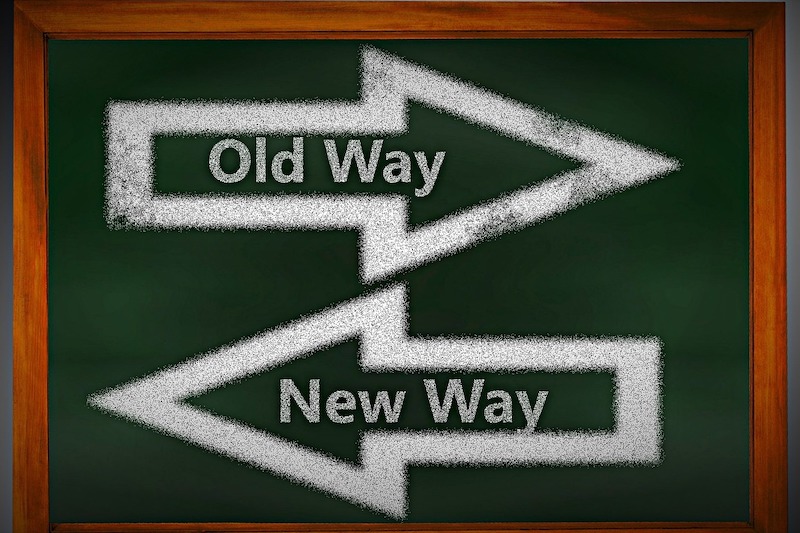By Andreas Schumacher, PhD, PCC.
Executive coaching at its core is designed to bring about meaningful and sustainable change towards optimal functioning. Through thoughtful reflection, new insights are developed into the strengths we can leverage, and the emotional or experiential barriers we need to overcome for change to happen.
Whatever approach one uses in change, it seems fair to say that change can be exciting when we bring it to others, and immensely disruptive when brought on to ourselves, even by our own volition. Why is that? One reason I would like to offer is that change is essentially a personal and unique experience and thus lacks a stable and generalizable framework within which successful change can be predicted with certainty. With that in mind I began thinking about premises that could be universally applied and provide beacons on the sometimes dark and misty journey through change. I call them “the immutable laws of change.”
Law #1: Logic is not enough
Believing that a change makes sense and that it is the right course of action can motivate us to start a change, but not necessarily to stick with it. Personal, professional, even organizational change is a matter of head and heart and therefore needs to reliably connect to something of value to us.
In coaching, this is often addressed by the question about the potential of the change: What will you be able to do more of, do less of, or start doing altogether as a result of this change? Reframing the change away from the obstacles to overcome and towards the “fruits of our labor” creates greater value-based commitment. For example, remember for a moment the dreaded new year’s resolutions. We all make them, and we all break them, because we usually make them from the perspective of obedience and chores to complete (e.g. I need to lose weight, I need to start going to the gym, etc.). While all these goals are logically sound, they do not create a compelling case for us to see the change through. What if we instead focused on what the change is going to do for us? If we reframed “I need to start going to the gym” into “I want to have more energy so I can join my family more often on hikes and won’t miss out on spending time with them,” we link our intentions with what we value, thus create a desirable outcome for us, and connect the head with the heart.
Law #2: Nothing exists in isolation
Have you noticed how often even our most diligent adherence to newly developed routines fail to sustain the behavior change we were looking for? Relapse is real and part of pretty much any change effort. Before we check this off as us “losing momentum” or “a crack in our indomitable quest for self-improvement,” we may also want to recognize that nothing exists in isolation.
The changes we are making in our own behavior are influencing our relevant environment. In turn, our environment must be ready and accepting to change along with us, at least to some degree. Thinking about who will be directly and indirectly affected by our change will shed light on how to set up and engage with a change-supportive environment. For example, announcing our intentions to change, outlining the opportunities and challenges we are expecting, and building in feedback loops for wins and setbacks with those affected will allow them to become involved, invested, and supportive.
Law #3: Acceptance is not permanent
If we accept Law #2, we also need to consider that our relevant environment shapes the degree of success of our change. Since there is no permanent state in nature, there is also no permanent state in acceptance of change, and so we must be prepared to manage internal and external resistance to our new behavior throughout the entire process.
The key here for many of my coaching clients is communication. Their willingness to communicate repeatedly with all involved in the change can prolong everybody’s commitment to accepting that mushy middle of the process for just a bit longer. For example, consistently sharing the WHY of our passion for the change — i.e., focusing on the gain — often builds desire and thus strengthens the choice for continued support in ourselves and our environment.
Whatever our motivation for change, we realize that old doors rarely open to new paths. As coaches, we are called to help our clients discover these new pathways so they can traverse them with confidence. Perhaps this is how change turns endings into beginnings.
For more about leveraging your strengths and breaking through your emotional and experiential barriers to make change happen, schedule a consultation with Andy.

